California Offshore Racing Gets Organized
Published on January 13th, 2016
Offshore racers in California got a new race in 2015, the SoCal 300, which for 2016 has launched a new circuit – California Offshore Race Week. Scuttlebutt editor Craig Leweck checks in with David Servais, SoCal 300 event coordinator, for an update.
What was the impetus to launch the SoCal 300?
Manouch Moshayedi, owner of Rio 100, approached clubs in Santa Barbara and San Diego with the proposal for the race. He wanted to create a primarily downwind race through the Channel Islands, which would get boats offshore and into the bigger breeze that races along the coast don’t experience. This sounded like a good idea to everyone involved, so we quickly put a team together to make it happen.
California Offshore Race Week now has coordinated a schedule that includes the SoCal 300, with events extending from San Francisco to San Diego. What got that started?
Two existing events in Northern California, the Coastal Cup and Spinnaker Cup, were normally held at roughly the same time of year as the SoCal 300. After the success of the first SoCal 300 we had quite a few sailors suggest that we try to organize the schedule to have the SoCal 300 directly after either Coastal Cup or Spinnaker Cup.
There were mixed opinions on which of those two races was better to follow, so after some lengthy discussions with the organizers of both of those events, we all agreed that combining all three into one epic week of sailing would be the best option to create something really special for the sailors.
What were the challenges in coordinating the schedule?
We spent a lot of time as a group reaching out to experienced sailors from all over California to come up with a schedule that allows the most flexibility to the crews so that they can tailor the event to their own needs.
One of our biggest considerations was the expectation we’d have boats of all the size ranges, from smaller trailerable boats under 30 feet in length all the way up to SuperMaxi’s. This means boats will complete each race with very different elapsed times, which then impacts the bigger/faster boats having longer layovers in the ports of Monterey and Santa Barbara to allow enough time for all the boats to complete each race and get rested up before the next one starts.
The other major consideration is that we wanted to set up the schedule to allow boats to enter any of the races individually in the event that they can’t do the whole series. This meant spanning two weekends rather than racing all through the week. However, the benefit of this schedule allows the crews of the faster boats to have enough time to go home between Coastal Cup and SoCal 300 if they really can’t take the whole week off from work, while folks who stay in Santa Barbara will get to see all the attractions that make this city such a popular vacation destination.
We’ve also organized a ‘just for fun’ in-port race in Santa Barbara that the Offshore Racers can compete in – held around the same time as the local Beercan Race – so the out of towners can meet all the locals and Santa Barbara Yacht Club can host a big after race party at their clubhouse on Wednesday evening.
Is there growing interest in California for offshore racing?
Yes, I’d say that offshore racing in California seems to be growing in popularity. Unlike the East Coast, we don’t really have seasons here. This means that small trailerable boats aren’t as popular because there’s no need to go to Florida or haul your boat out of the water for the winter. Because of this, the cost of owning a bigger boat isn’t as great as where you have these seasonal issues, so there are a lot of people who own offshore capable yachts.
In order to see new venues, many of these people like offshore racing, especially the coastal races which might keep you out overnight, but aren’t as demanding as some of the longer races that go across oceans. We’re seeing a steady increase in participation in races like Islands Race and Newport to Ensenada, and now we’ve gotten a lot of interest from sailors about the new Offshore Race Week.
What kind of conditions would be expected for these races?
With the racing in late May and early June, we should be able to expect reasonably good breeze. The Spinnaker Cup starts in San Francisco Bay, so the first challenge for the sailors will be getting out under the Golden Gate Bridge and around the corner on their way down the coast. As the name suggests, this should turn into a spinnaker run into Monterey. At 88nm this is the shortest of the races but may provide the biggest tactical challenges given the tricky start getting out of the Bay.
The next race, Coastal Cup, will likely be the fastest of the races in terms of average speeds. This should presumably be all downwind and potentially quite windy as boats make their way past Point Concepcion. The Coastal Cup has historically started in San Francisco, and we’ve gotten some very positive feedback from a lot of sailors who are happy about the new start location of Monterey, which will allow them to get rested before the sled ride down to Santa Barbara. At 200nm, this race should take most boats at least a day, and maybe two, to complete.
The SoCal 300 will probably offer the most diverse conditions of all the races. Transiting through the Channel Islands, the course starts out with 35 miles of upwind sailing to get to the west end of Santa Cruz Island. From there, the competitors will crack off and reach through the channel between Santa Cruz and Santa Rosa Islands, then continue on south towards San Nicolas Island. This could be a run or a reach, depending on wind direction.
After San Nicolas, boats turn west to a weather buoy stationed 100nm off the San Diego coast. This reaching leg should take place at night when winds are lighter, so the powered up angle will help boats maintain good speed. The main purpose of this mark is to keep boats away from San Clemente Island, which can produce a very pronounced lee with light winds.
After rounding the weather buoy the fleet will head to San Diego, a 100nm leg that should, under normal conditions, be almost a dead run. There will be some tactical calls to make here as the winds usually get progressively lighter as the boats get towards shore.
At 254nm, the SoCal 300 will be the longest race in the series, but with its unique “Leg Scoring” system, it is broken up into four legs and scored as a series, thus reducing the impact of a major wind ‘hole’ on the race course. This keeps up the excitement as when a boat finishes one leg by going through a scoring gate, they area also starting the clock for the next leg of their race.
Overall, competitors will see a range of conditions and just about all wind angles, but predominantly the race is almost all downwind, and should be in good breeze.
How does the California Offshore Race Week schedule fit into the larger picture of current races such as Transpac, Pacific Cup, Mexican races, etc?
Offshore Race Week is set up so that it does not conflict with any of these other major offshore races. The Mexican races are typically run in very early spring, while the Hawaiian races are in the summer.
Specifically in 2016, the Puerto Vallarta Race is in February and Pacific Cup is in the middle of July. With Offshore Race Week starting at the end of May, it gives any competitors doing the PV race time to get back north to also compete in this event. Offshore Race Week is also being run with enough time before Pacific Cup that boats doing that event can use it as a warm-up and still have time to enact any repairs between the races.
A big part of the scheduling consideration was to hit the perfect window before the big Hawaii races so that out of town teams could use this event, either in its entirety or any of the individual races, as a warm-up to test gear and train crew before setting off across the ocean to Hawaii. We saw this last year with SoCal 300 as almost all of the competitors also competed in Transpac.
Details: offshoreraceweek.com


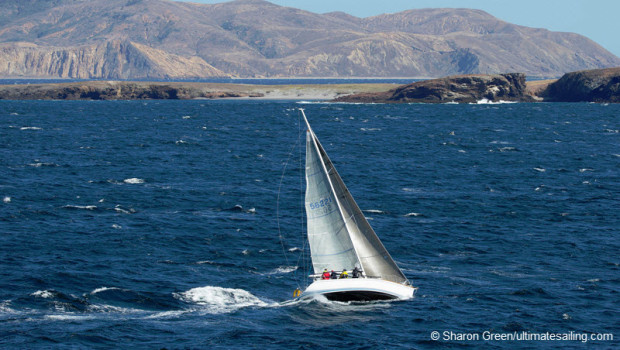

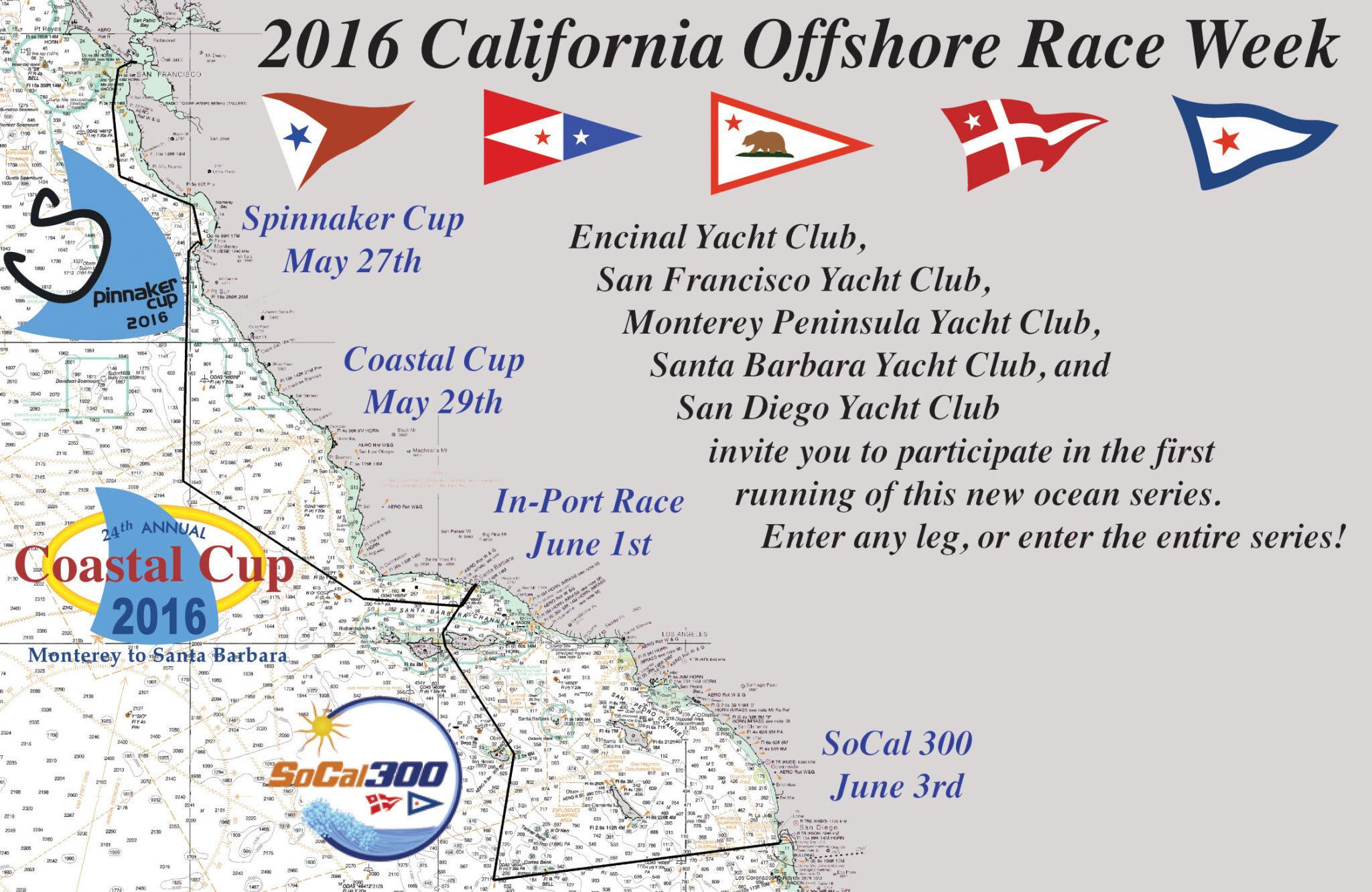

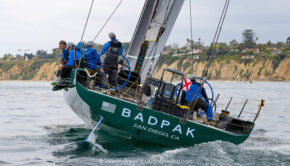
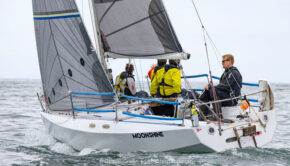
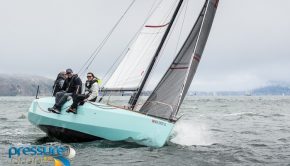
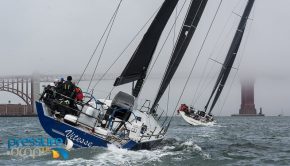
 We’ll keep your information safe.
We’ll keep your information safe.